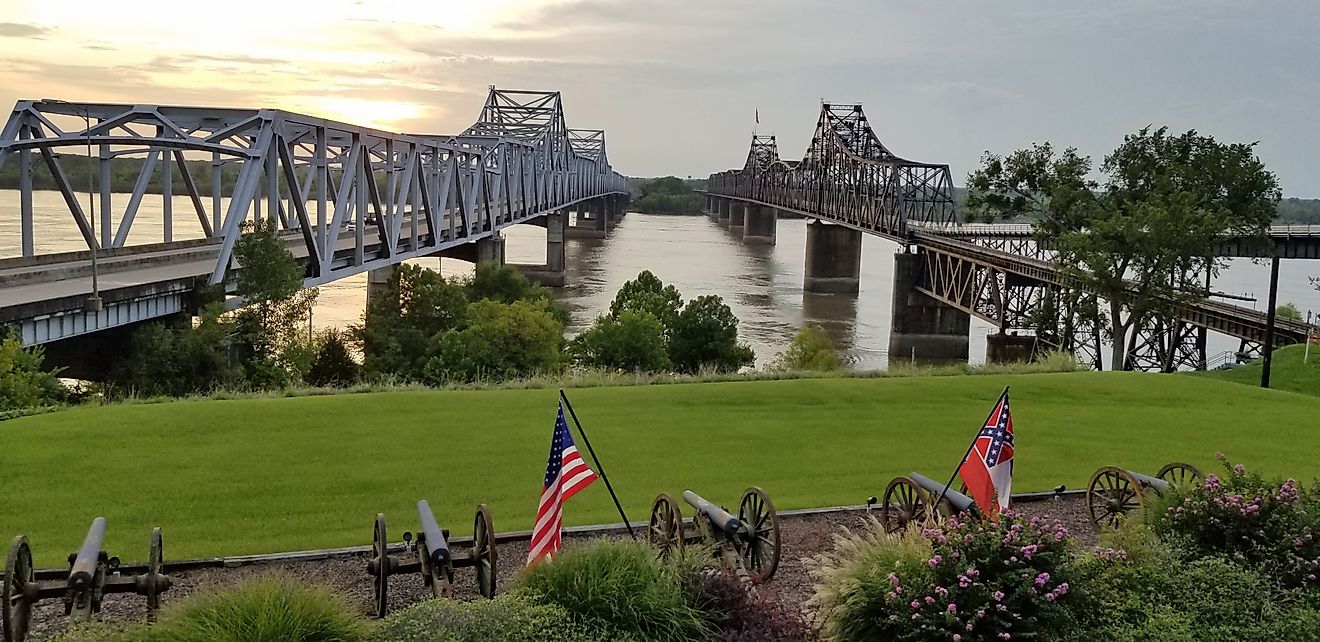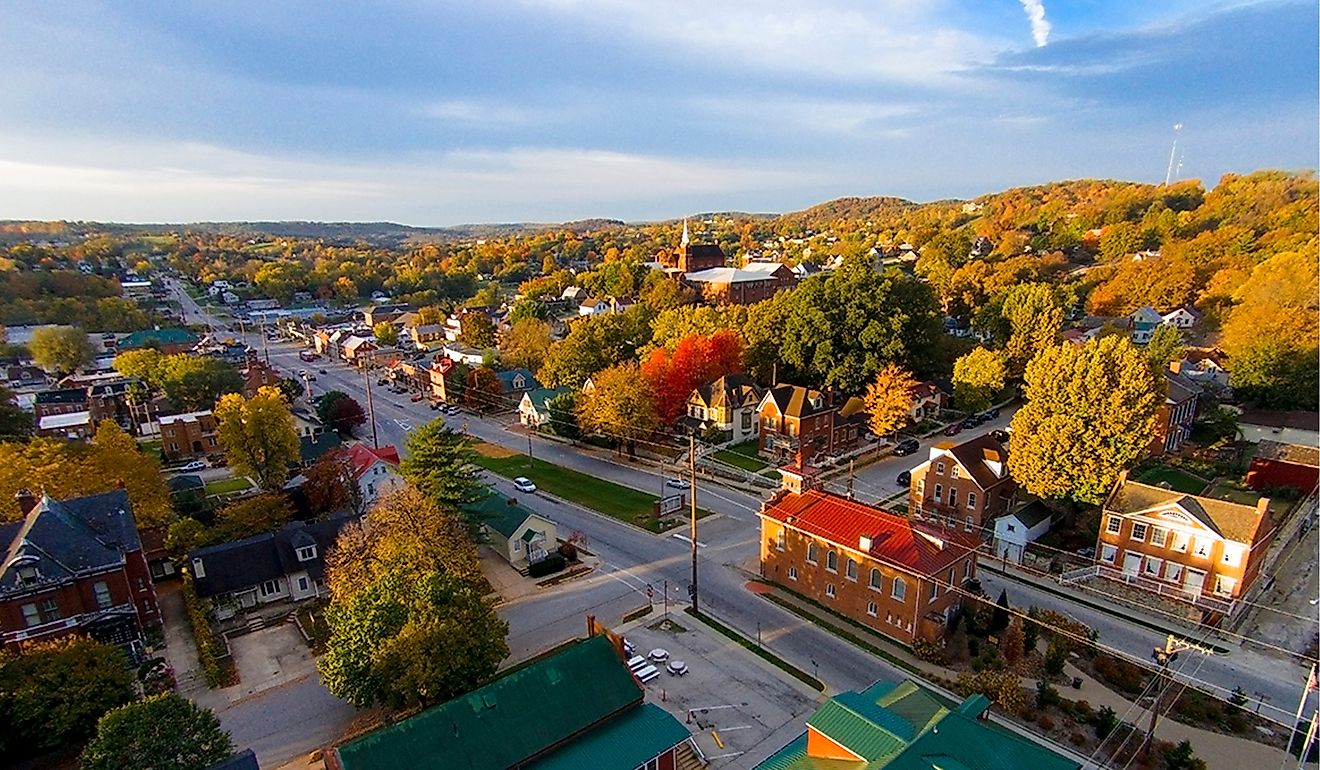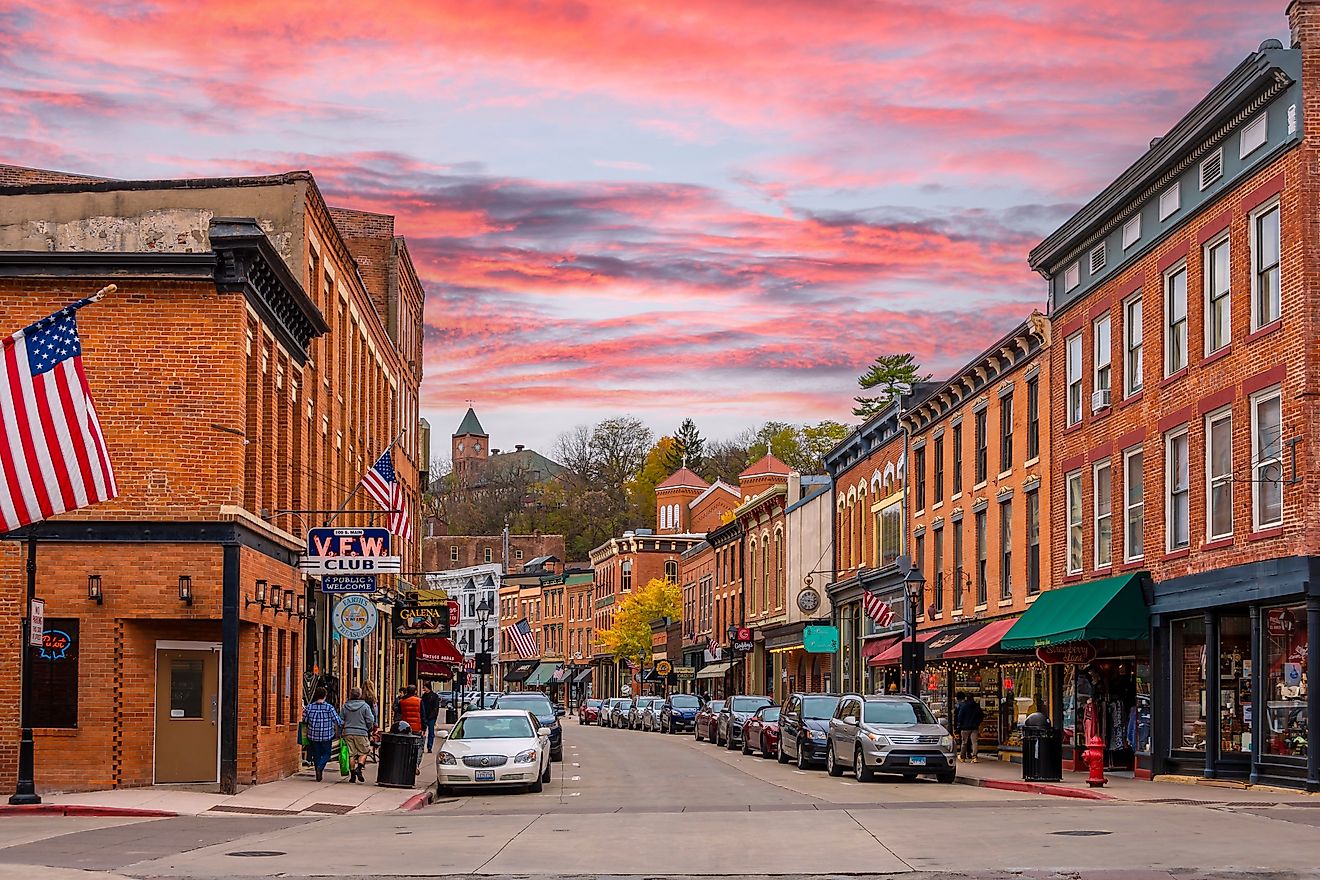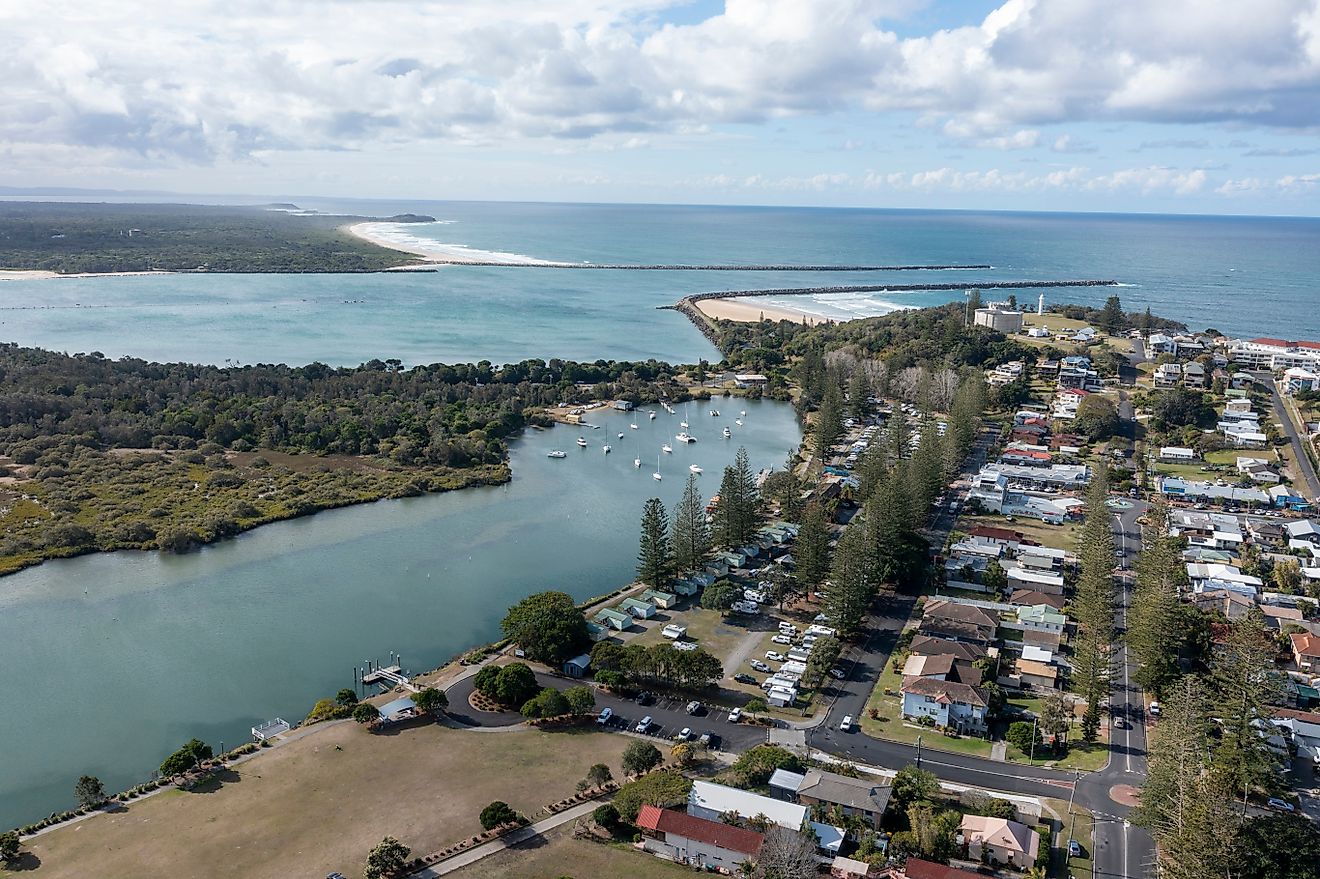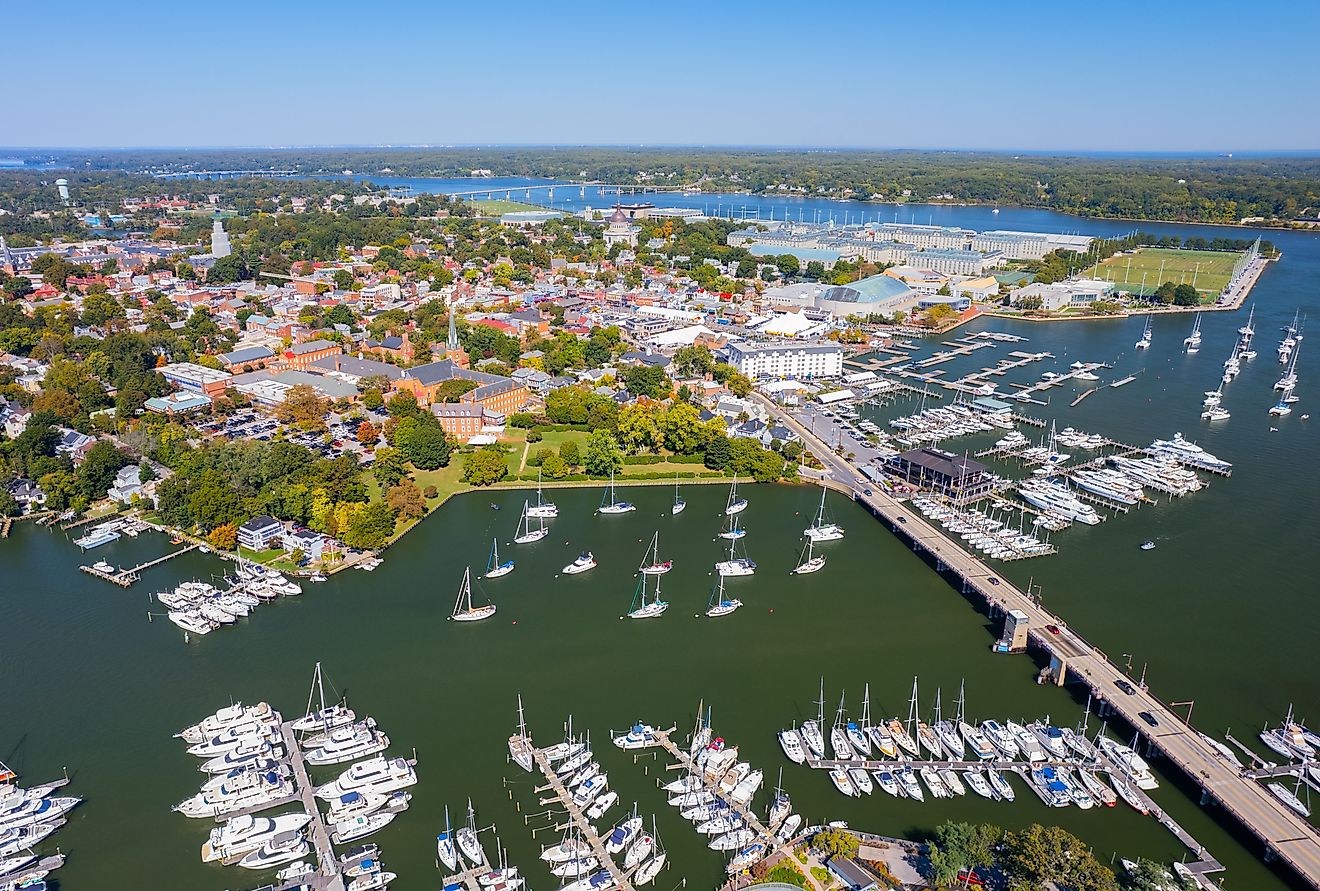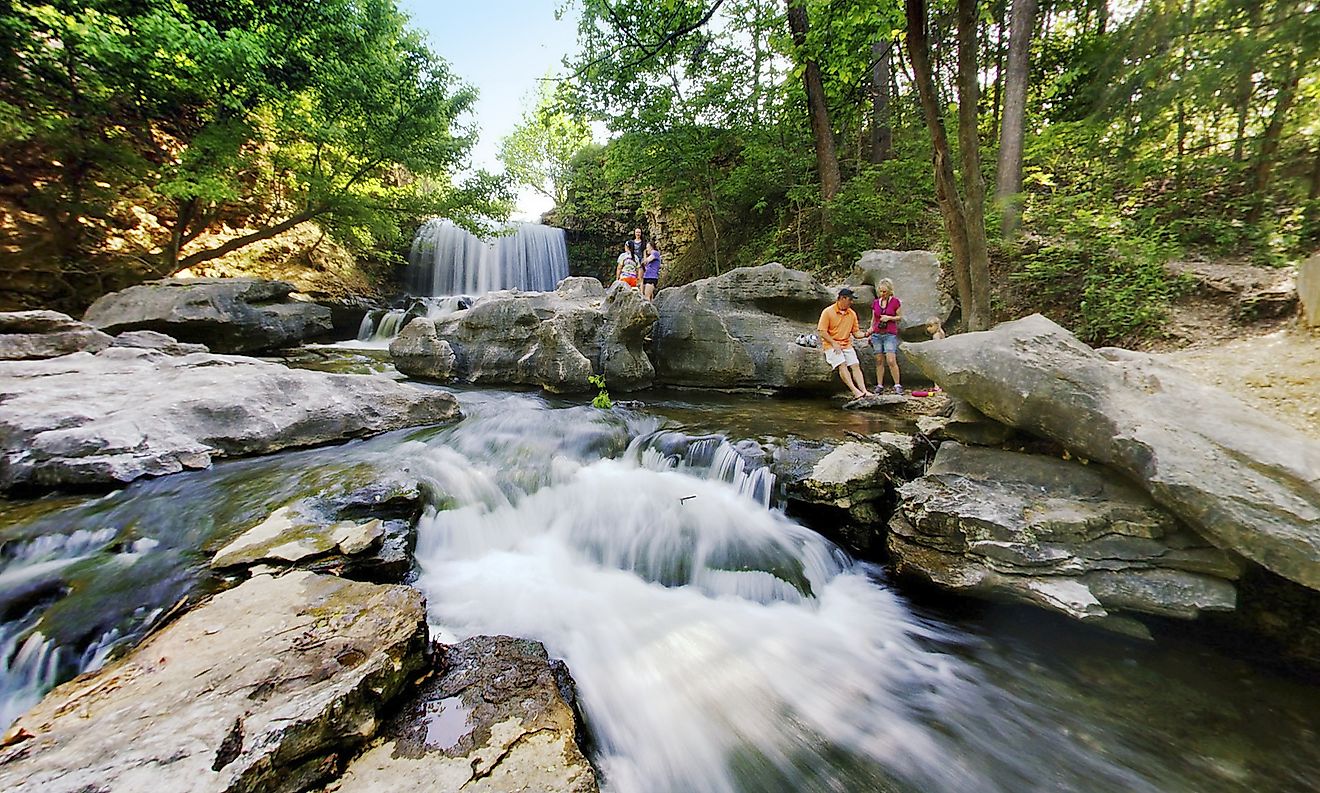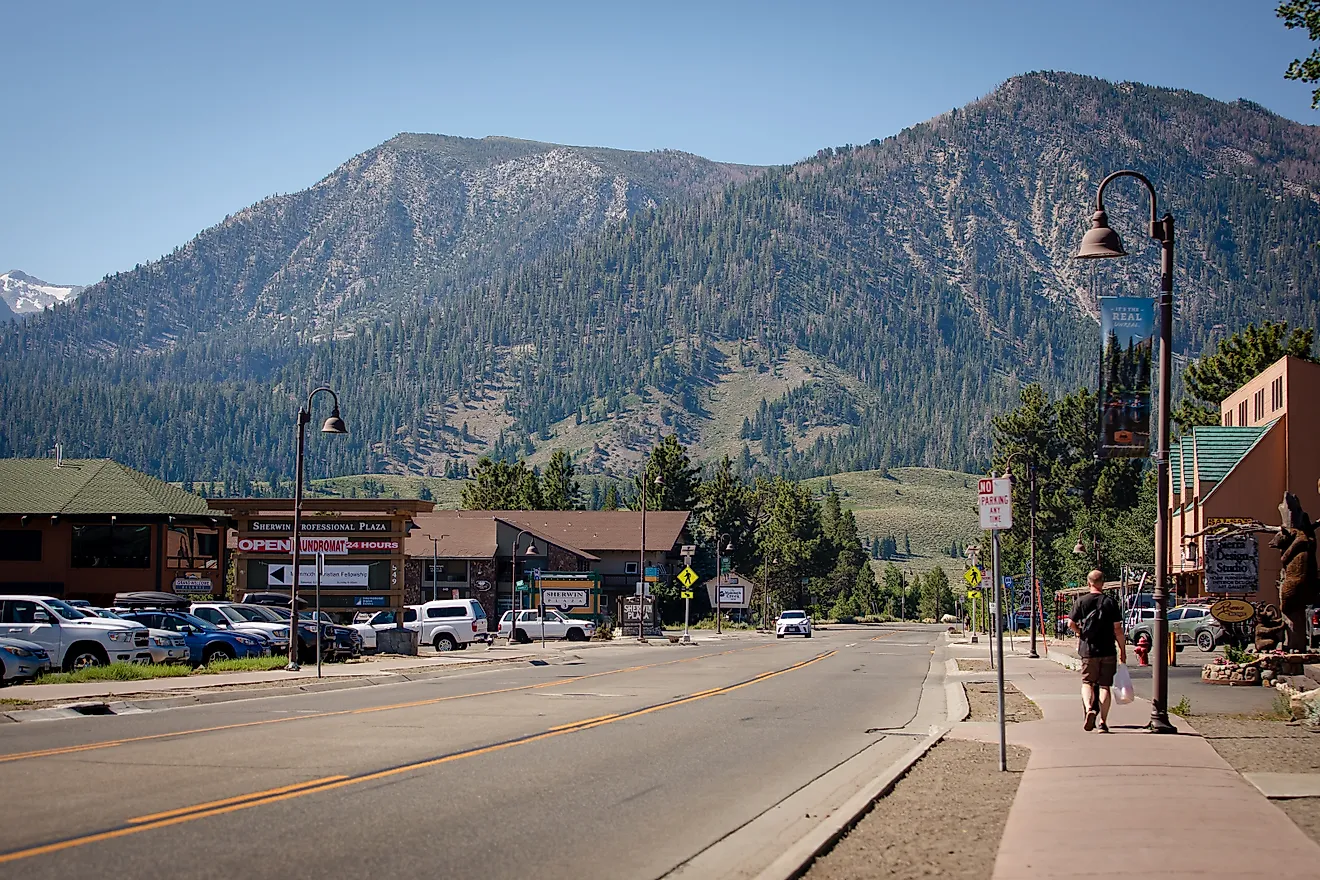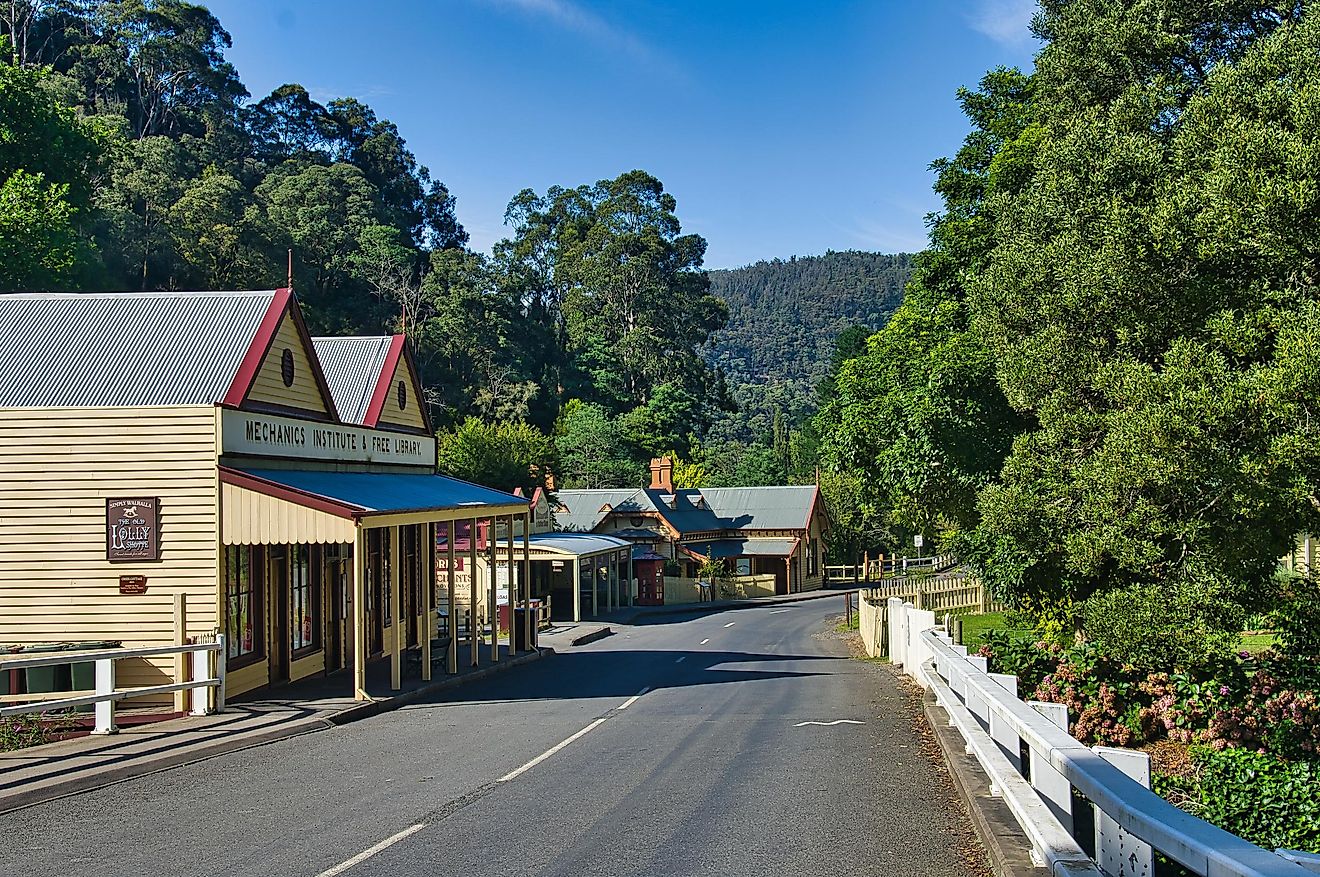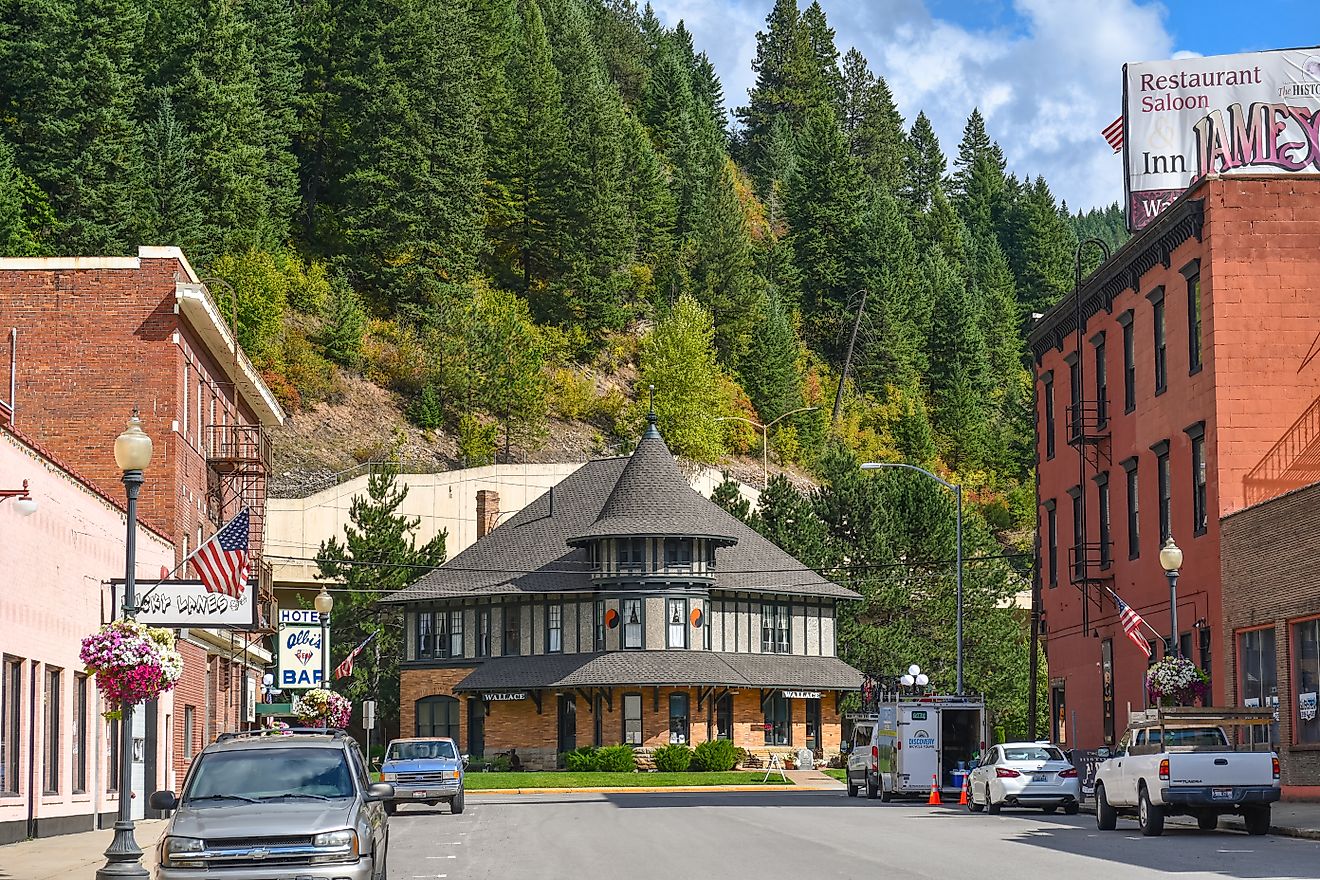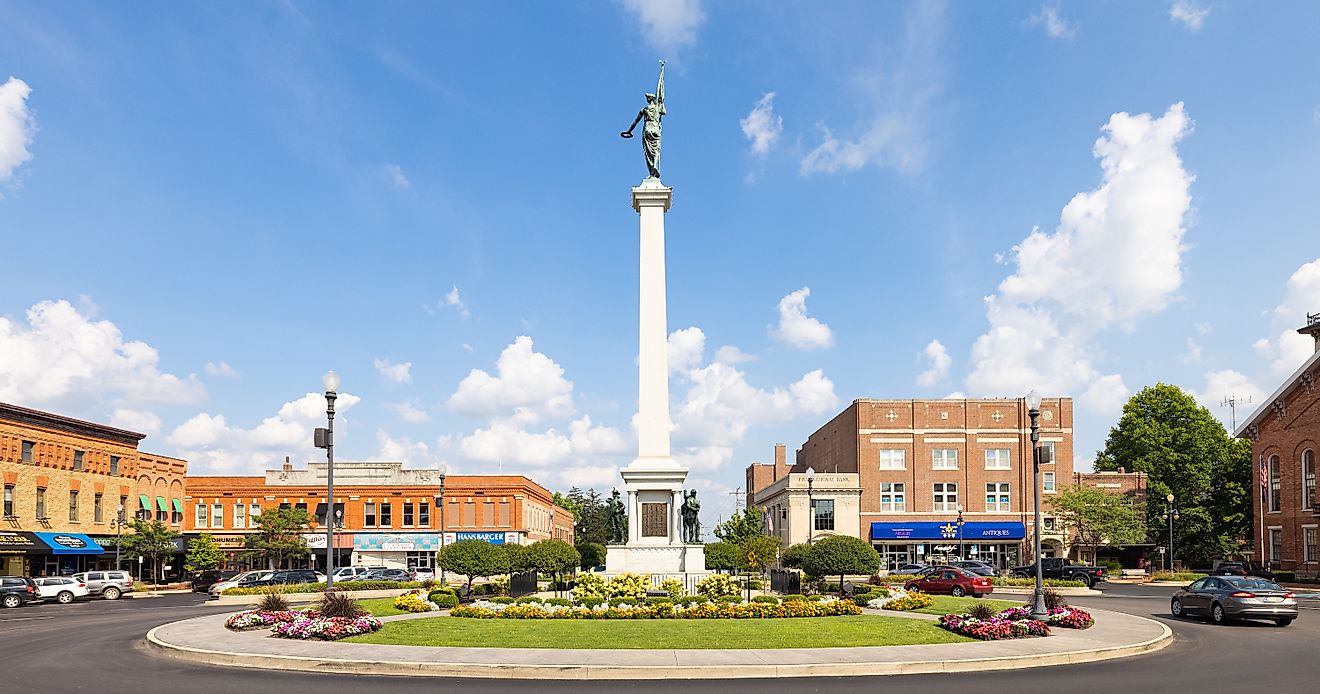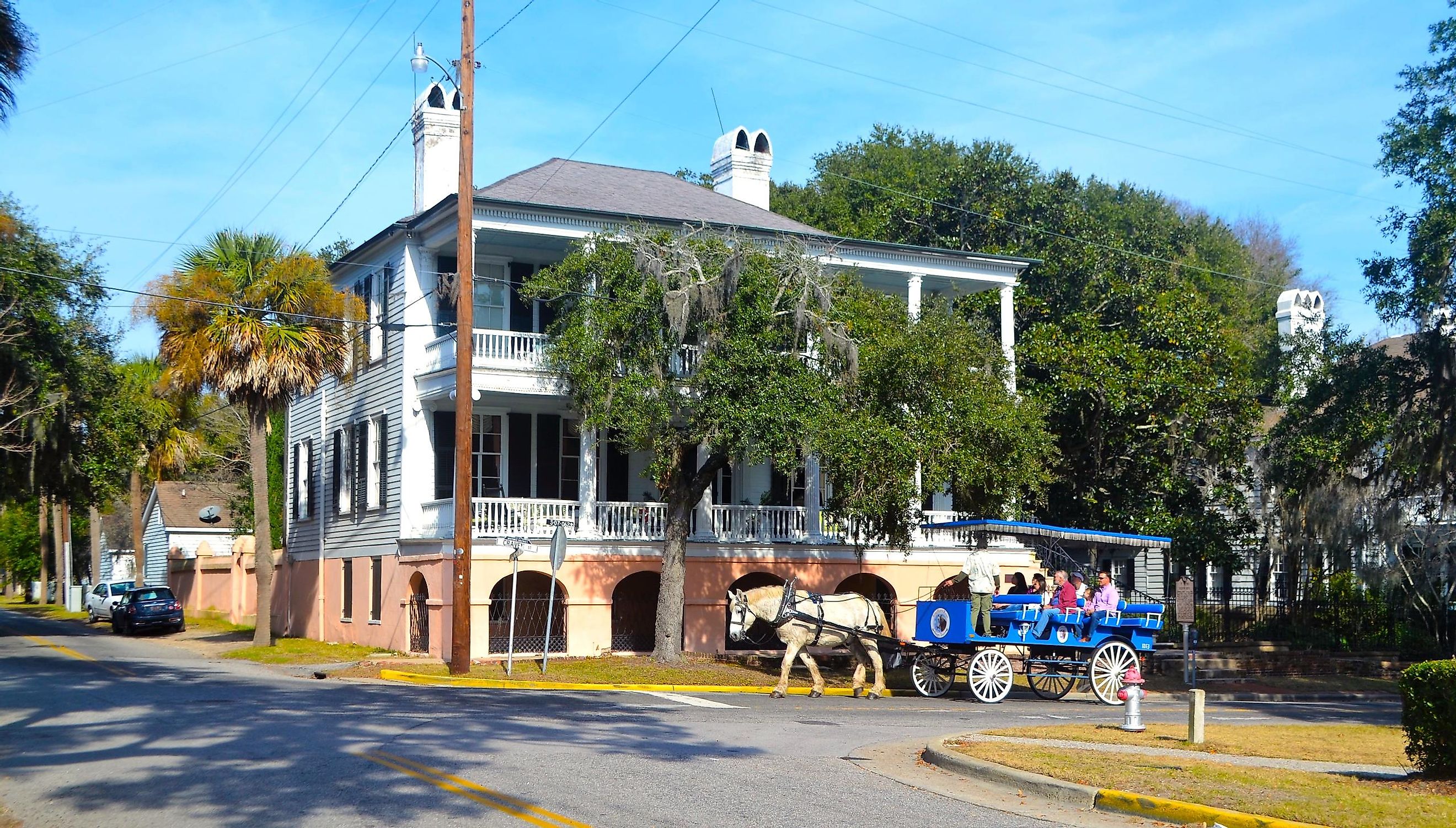
10 Towns In South Carolina With Rich History
While South Carolina may have been the eighth to ratify the U.S. Constitution and relatively late to the party, few states, probably none, can hold a candle to it when it comes to the number of Revolutionary War battles fought on its soil. Camden, Sullivan's Island, and Kings Mountain, to name but a few were sites of crucial military engagements. As fate would have it, South Carolina would later become the first state to secede from the Union. Expectedly, such a state brims with a rich and fascinating history. To travel in the sands of time, the following ten towns in South Carolina have the richest history and are worth exploring.
Beaufort
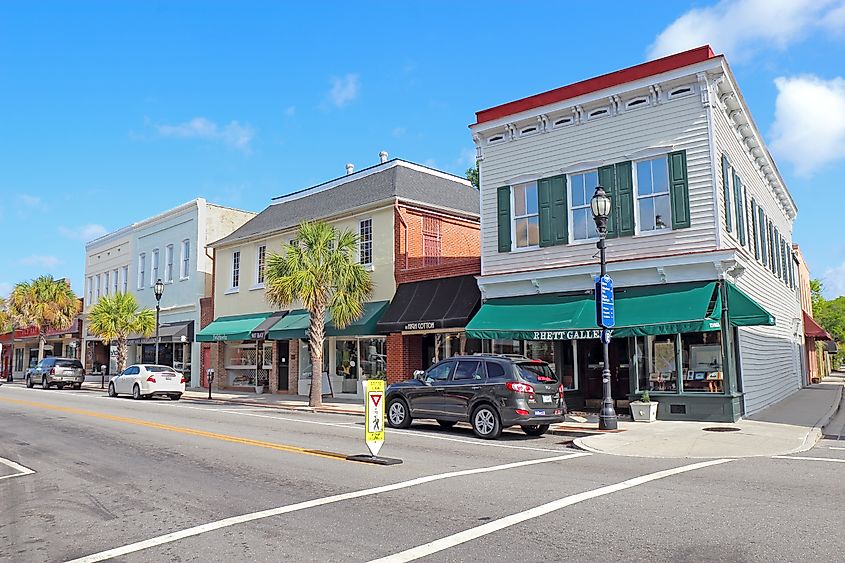
You can call it a living history — or better still — a time capsule. Beaufort, which, according to Southern Living, is the best small town in South Carolina, is a historical goldmine that is not as appreciated as it should be. Santa Elena, thanks to the exploits of Vázquez de Ayllón, is among the earliest European settlements in the country — and was the site of the first shipment of enslaved Africans to the United States. Of course, Santa Elena once served as the capital of Spanish Florida and was named for the mother of the emperor Constantine.
This story is fascinatingly retold at the Santa Elena Center at the Coastal Discovery Museum and the Beaufort History Museum. Besides, the ruins of the Old Sheldon Church could be the first attempt to imitate a Greek temple in the New World, while the Beaufort National Cemetery, laid out in the shape of a half wheel, serves as the final resting place for fallen soldiers from arguably every major conflict in the history of the country. And we are merely scratching the surface.
Walterboro
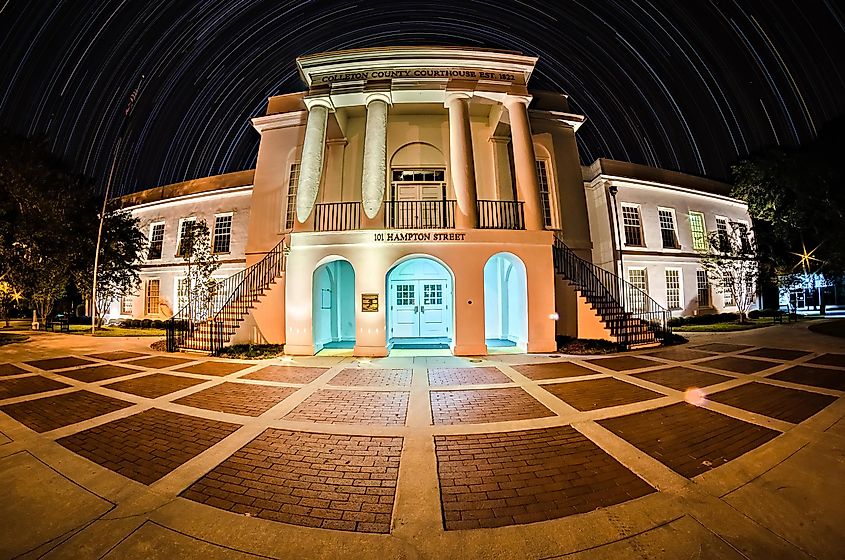
Fondly referred to as The Front Porch of the Lowcountry, Walterboro was founded a good six years before the election of George Washington as the first president of the United States. Now an antique hub, Walterboro got its start as a summer retreat for two rice farming brothers looking for elevated grounds to escape their malaria-ridden Lowcountry plantations. The county seat of Colleton County since 1817, Walterboro is among the richest towns in history. The town's historic district, for instance, which every first-time visitor should consider exploring, is dotted with properties constructed between 1800 and 1945.
Walterboro Library Society Building, featuring hand-hewn sills, is a landmark that, though simple, has braved more than two hundred winters. The Bedon-Lucas House Museum, constructed in 1820, now serves as the headquarters of the Colleton County Historic & Preservation Society. And if you need a souvenir, the South Carolina Artisans Center is the place to be.
Georgetown
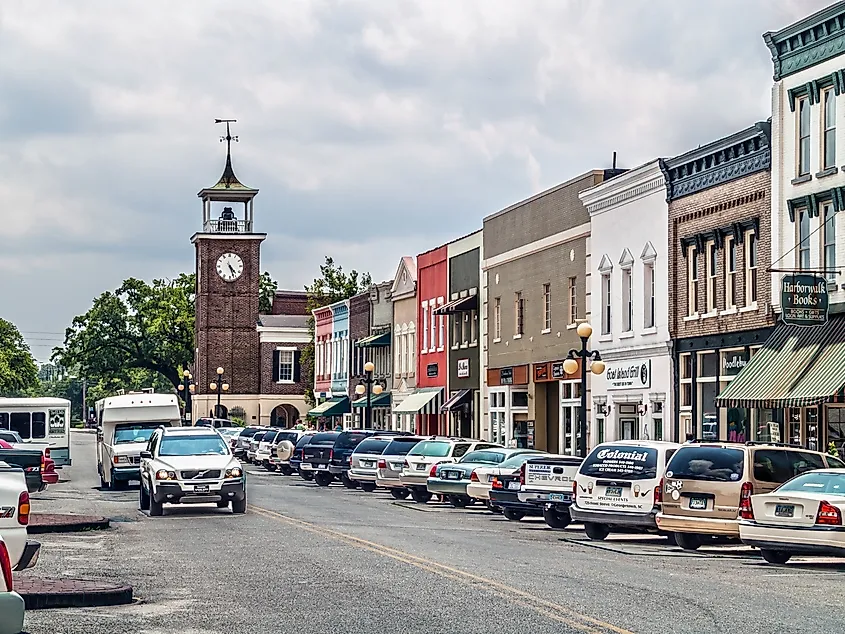
Founded at the confluence of five rivers, Georgetown is the third-oldest town in South Carolina. Decades before Thomas Jefferson coined the term "United States of America," residents in the area were starting to find fortune in rice farming. Before the Civil War, this town's port was exporting more rice than any other port in the world. With Lincoln's Emancipation Proclamation, however, and the subsequent disruption of free labor, this town's economic fortunes would plunge.
Today, this story is evocatively retold at the Rice Museum, a historical exhibit in its own right. At the deceivingly small, one-of-a-kind Gullah Museum, one will learn fascinating details of an entrepreneurial African American ethnic group and their role in the area's rice culture and public education. Finally, at the Tom Yawkey Wildlife Center, an avid outdoorsman's labor of love, loggerhead sea turtles, alligators, and hundreds of wildlife species attract tourists from every corner of the country.
Cheraw
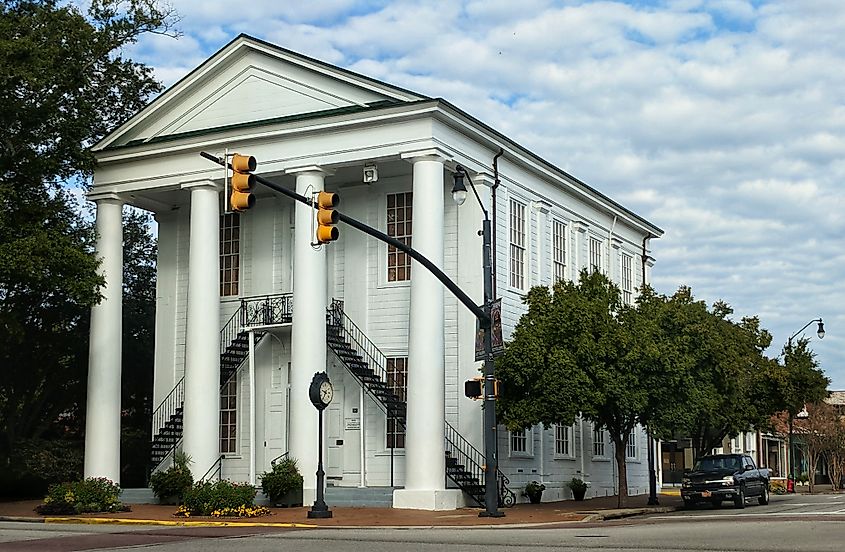
On November 19, 1860, at the first public secession meeting in the state, John Auchincloss Inglis of Cheraw, the son of a well-known Presbyterian minister, in the wake of Abraham Lincoln's electoral victory, introduced a resolution that the Palmetto State should "forthwith secede from the Federal Union." About a month later, 169 delegates to South Carolina's Secession Convention voted unanimously to leave the Union. Other states would follow suit. More of General Sherman's army, the man who led Union forces in crushing the rebellion in the South, passed through Cheraw than any other South Carolina town.
Today, Cheraw boasts more than 50 antebellum buildings. These include Old St. David's Church, where all of Sherman's troops reportedly marched to cross the pontoon bridges at the end of Church Street. When here, you will spot the oldest Confederate Monument in the nation. Besides, Cheraw Town Hall is said to have served as a Confederate hospital — while the Inglis-McIver Law Office, located on the Town Green, was the law office of John Inglis, the man who introduced the resolution to secede.
Anderson
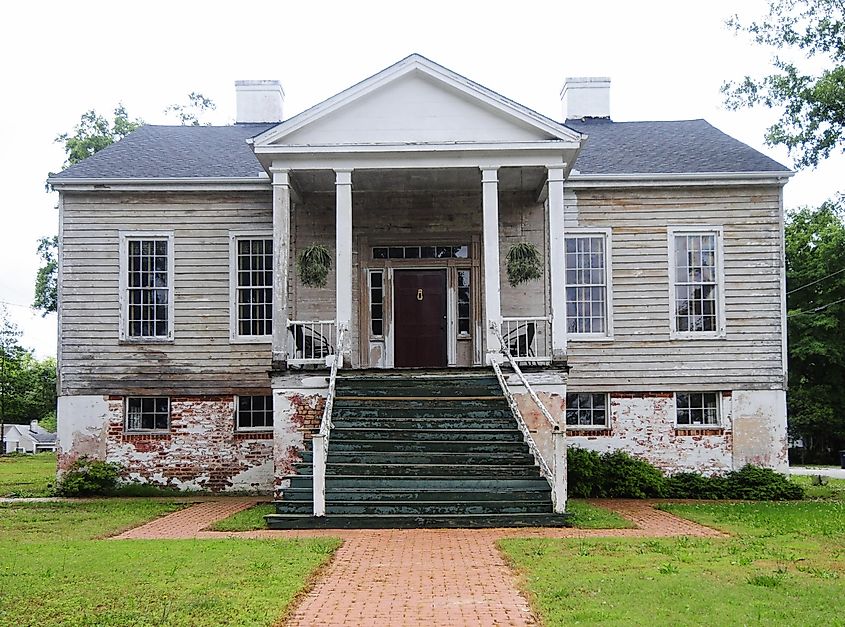
Secreted in the foothills of the Blue Ridge Mountains, Anderson seems content to be in the shadows. Unknown to some, however, this under-the-radar town was the first in the South to have an unlimited supply of electric power. Anderson would be known as the Electric City and was the first city in the world to create a cotton gin operated by electricity. William C. Whitner, a University of South Carolina alumni responsible for this incredible feat, reportedly shared notes with the great Serbian scientist Nicholas Tesla in New York on his path to this discovery.
Today, a bronze statue in Whitner's honor graces the Anderson County Courthouse, and a street is also named for him. Regarding political history, the Anderson County Museum houses "Old Reformer," a Revolutionary War cannon ostensibly brought to the New World by German immigrants in 1764. If you must wet your whistle while here, Palmetto Distillery produces the state's first legal moonshine.
Edgefield
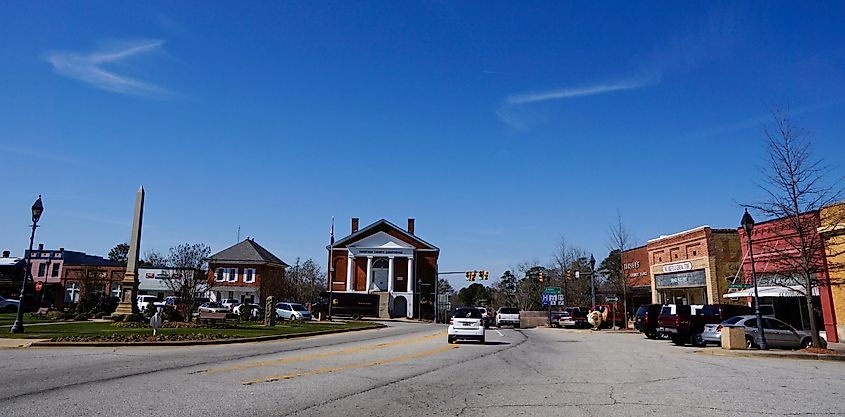
Edgefield's soil seems to mysteriously nurture leaders. Up to 10 South Carolina governors trace their roots to this quaint western South Carolina town. These include Strom Thurmond, the longest-serving Dean of the United States Senate and the only person to be elected to the U.S. Senate by write-in votes. He is interred at Willowbrook Cemetery. Except for Charleston and Columbia, this cemetery keeps more dignitaries than anywhere else in South Carolina. Back in the day, when dueling was an approved way to settle arguments, Edgefield was scandalously violent to the extent it was nicknamed "Bloody Edgefield."
The courthouse was particularly a scene of murders, including one associated with the legendary Becky Cotton, a bewitchingly beautiful lady who would later be called "the Devil in Petticoats." Also, Edgefield Advertiser, whose offices are at 117 Court House Square, is the oldest weekly newspaper in continuous publication in South Carolina. For a more curated experience, wend your way to the Discovery Center on Main Street.
Lancaster
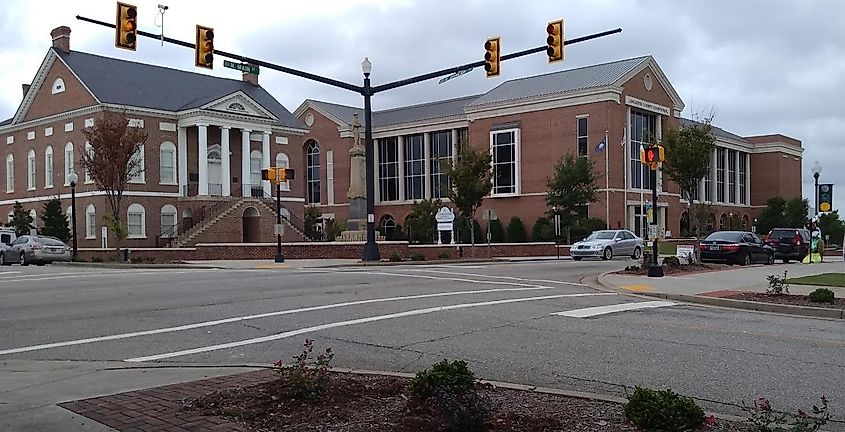
Known as the Red Rose City, a reference to the coat of arms of England's House of Lancaster, one of two sides to have fought for the royal throne in what was called the War of Roses, Lancaster drips history. European settlers, descended mostly from the House of Lancaster, smitten by this area, would later call it "the Garden of Eden." Today, this charming "garden spot" boasts several historical attractions. The historic Buford's Battleground, for instance, located about 9 miles from downtown Lancaster, is a symbol of British atrocities during the Revolutionary War. Before the trip, however, you can enjoy a delectable meal — or a walk through the woods — at Kilburnie, the oldest standing Lancaster residence now repurposed into a Bed & Breakfast.
Lancaster hosts a park named for the only president of the United States born in South Carolina. Of course, Andrew Jackson, one of the most controversial White House occupants, is also the founder of the Democratic Party and is reputed to have brought power back to the American people. Previous to his election, the biggest office had been the preserve of the American elite. Do not miss the Lancaster County Courthouse, a handiwork of the first architect trained in America and the designer of the Washington Monument.
Bluffton
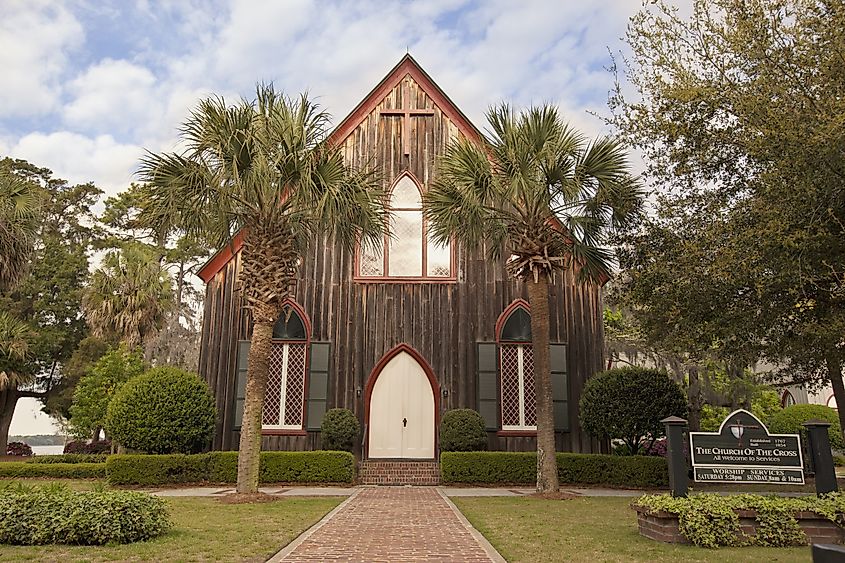
Home to about 40,400 residents, Bluffton is a vibrant riverside town reputed to be among the fastest-growing municipalities in South Carolina. While this growth would interest an economist, a history buff will love exploring the line of historic homes in Old Town Bluffton, many of which date back to the 1800s. The Heyward House, for instance, one of a few antebellum homes remaining in the town's National Register Historic District, was built by slaves in 1841. Today, the property serves as the town's official welcome center. A massive tree that collapsed in 2021, known as the "Secession Oak," located near the Stock Farm on Highway 46, provided shade for the first of a series of protest meetings that would ultimately lead to secession from the Union in 1860. However, The Church of the Cross, spared by General Sherman during the Civil War, still piques the interest of first-time visitors.
Pendleton
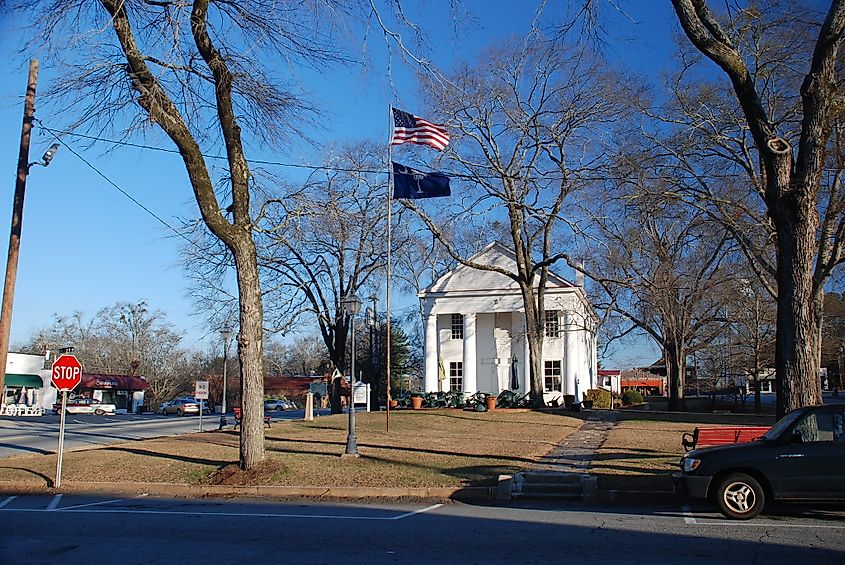
Forget about its barbecue fame, though that alone makes it deserve a trip. Pendleton is as much a history lover's paradise as it is a culinary destination. The entire town of Pendleton is listed on the National Register of Historic Places, a feat rivaled by only a handful of other towns in the country. And make no mistake. We are describing one of the largest historic districts in the United States. Laid out a year after George Washington's inaugural address on the balcony of Federal Hall in New York City, Pendleton was described as a synonym "for refined and beautiful women."
The town is famous for its milling heritage and attractions, such as the historic Timms Mill, located at 150 Timms Mill Road, which speaks to this fact. Finally, St. Paul's Episcopal Church, completed in 1822, has a graveyard where families that once wielded political power in the state are buried. These include Mrs. John C. Calhoun, the wife of Andrew Jackson's vice president, who was a leading voice in the "Petticoat Affair" and the furor around it.
Abbeville
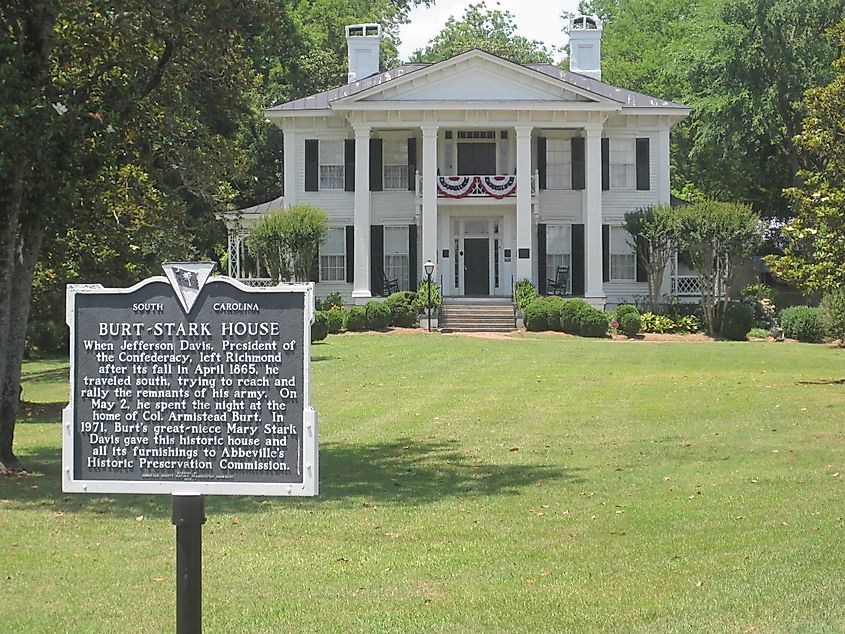
A first-time visitor to Abbeville will enjoy ambling through this town's well-preserved 19th-century homes and churches, catching a show at the more than 100-year-old Abbeville Opera House, and setting foot at the Ninety Six National Historic Site, reputed to be where the first Revolutionary land battle in South Carolina — and south of New England — was fought. Ninety-Six was also the site of the most prolonged field siege of the Revolutionary War. For 28 tense days, Nathaniel Greene, one of the most celebrated generals of the American Revolutionary War, tried to capture the garrison but failed in his efforts.
On November 22, 1860, a large group convened on what is now called Secession Hill, located close to the square, and by a vote, adopted the ordinance of secession from the Union. Less than five years later, Confederate President Jefferson Davis, at the Burt-Stark Mansion (which is open for visits), hoping to continue the struggle, ostensibly convened the last war council. To Jefferson's dismay, the council resolved to give up the fight. Because of these twin events, Abbeville has been called the "Birthplace and Deathbed of the Confederacy".
The Takeaway
While beach lovers will want to visit Florida or California, nature lovers Colorado or Arizona, wildlife enthusiasts Alaska, history lovers may have to settle for South Carolina. The Palmetto State was the first to secede from the Union, may have witnessed more military engagements than any other state, and boasts an incredible number of historical attractions. If you are looking for South Carolina towns with rich history, check out Beaufort, Walterboro, known as The Front Porch of the Lowcountry, and Georgetown, the third-oldest town in the state.
